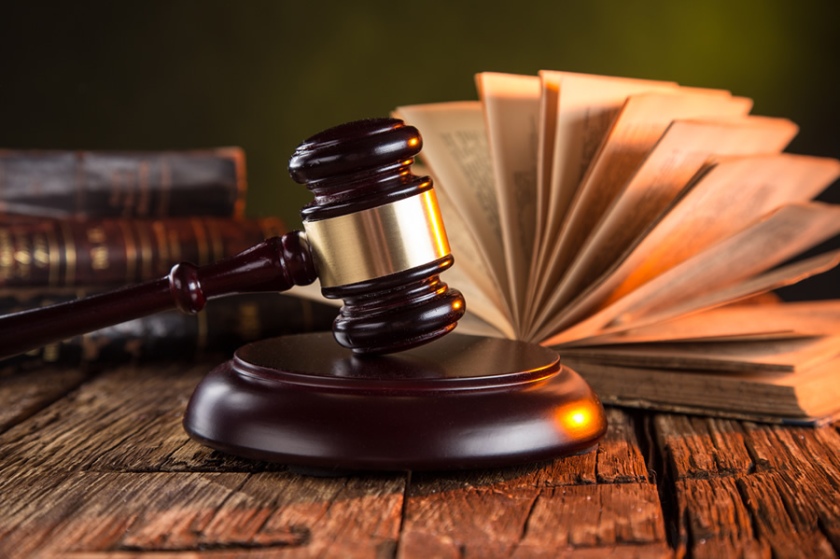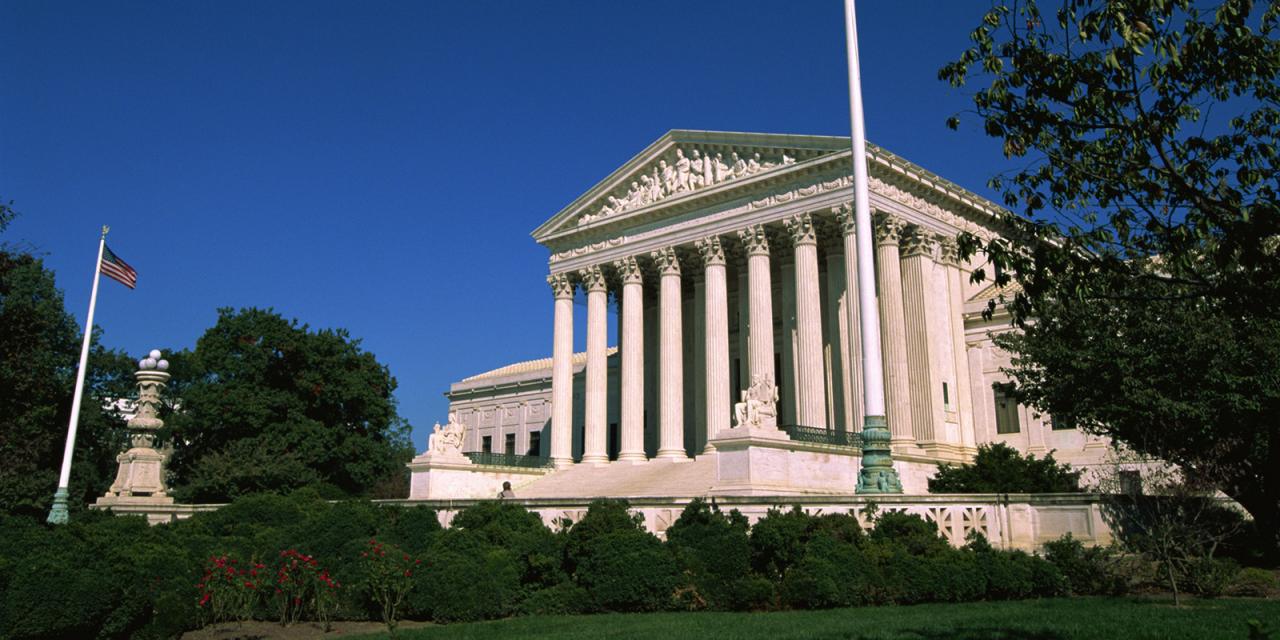Federal courts hear criminal cases
The U.S. federal court system is a collection of U.S. courts that includes a unified federal court system and the court systems of each of the states, the District of Columbia, and the four federal territories. Federal and local systems operate in parallel.
Federal courts consider criminal cases for crimes that are provided for by US law, civil cases, if the amount of the claim exceeds $10,000. In some cases, it is possible to choose the place of consideration of the case. However, more than half of criminal and civil cases are handled by state courts.
The federal court system includes appellate and district courts, special courts, and the U.S. Supreme Court, which presides over all federal courts.
The Supreme Court is made up of nine judges who are appointed by the President and confirmed by the Senate. The Supreme Court hears mainly appeals against decisions of lower federal and state courts, if they affect a federal issue, and requests to set aside decisions of courts that are contrary to the Constitution; deals with disputes between states.

Courts of Appeal
The Courts of Appeal are intermediate between the Supreme Court and the District Courts. They were established in 1891, currently there are 13 of them.
From 4 to 23 judges sit in the Court of Appeal with the obligatory presence of a representative of the Supreme Court. Courts of Appeal hear appeals against sentences and decisions of district courts.
District courts are the most numerous; they are attached to one of the districts of the state (from 1 to 4) and consider criminal and civil cases that are within the competence of federal justice.
In the US judicial system, there are also the Claims Court, the Foreign Trade Court, and the Tax Court.
In drafting a judgment in a case, the judge describes the circumstances of the case, indicates the laws applicable to those circumstances, and then states his opinion.
In a system based on the use of judicial precedents, the legal or legal basis of the judgment is necessarily used in the subsequent consideration of cases – this is the binding judicial precedent.
A binding precedent as a source of law is created only if the material circumstances of the later case are sufficiently similar to those of the original case and the decision in the first case is given by a higher court (a court of the same instance – only in some cases) than the one in which the later one is heard. a business
. Note that a judge hearing a later case must use binding precedent even if he does not agree with the legal position he has established.
The sources of law also include the “dominant force of precedent” (from the Latin stare decisis – to stand on what has been decided and not change what has been established).
The need to follow the previous decision does not mean that the previous decision is absolutely correct, but only that the decision was made, therefore, in the absence of extraordinary circumstances, the courts are obliged to follow it.

Convincing Solution
A “persuasive solution” is:
- decision of lower courts;
- decision of courts of equal or higher instance of other states (jurisdictions);
- decision of courts of other parallel systems (in the USA, for example, state and federal courts);
the judge’s informal opinion of what his decision might have been had the circumstances of the case been different; - dissenting opinion of the judge when making a decision on the case by the collegiate composition of the court (in writing);
- the decision of the courts of other countries, especially those where the same principles of common law are used.
Sources right
- Persuasive authority.
- Binding authority.
- The dominant force of precedent.
Use cases include mandatory precedents and the prevailing power of precedent.
Whether the judge has the right not to apply the precedent in any particular case
Bearing in mind the principle of the prevailing power of precedent, judges must pay close attention to available case law when making their decision. Otherwise, the decision of the court may be overturned by a higher court.
Rarely, but it happens that the courts do not agree with each other on some issue – a conflict arises that only the US Supreme Court can resolve.
If the judge believes that the use of a particular precedent will lead to an unfair decision, he can either set aside the precedent or prove the inapplicability of the previous court decision as a precedent in the case under consideration.
How to prove the inapplicability of the precedent to the case under consideration
We are talking about identifying differences in the actual circumstances of the current case from the case, during the consideration of which a precedent was created.
Based on the identified differences, the court in its decision substantiates the need for a different decision on the case.
But if it is impossible to clearly identify the differences between the case on which the precedent was created and the one being considered by the court, the court must make a decision consistent with the existing precedent.
I note that the court, when making a decision, determines whether there are relevant factual differences. In fact, the court itself decides how mandatory the application of the precedent in the case under consideration is.
